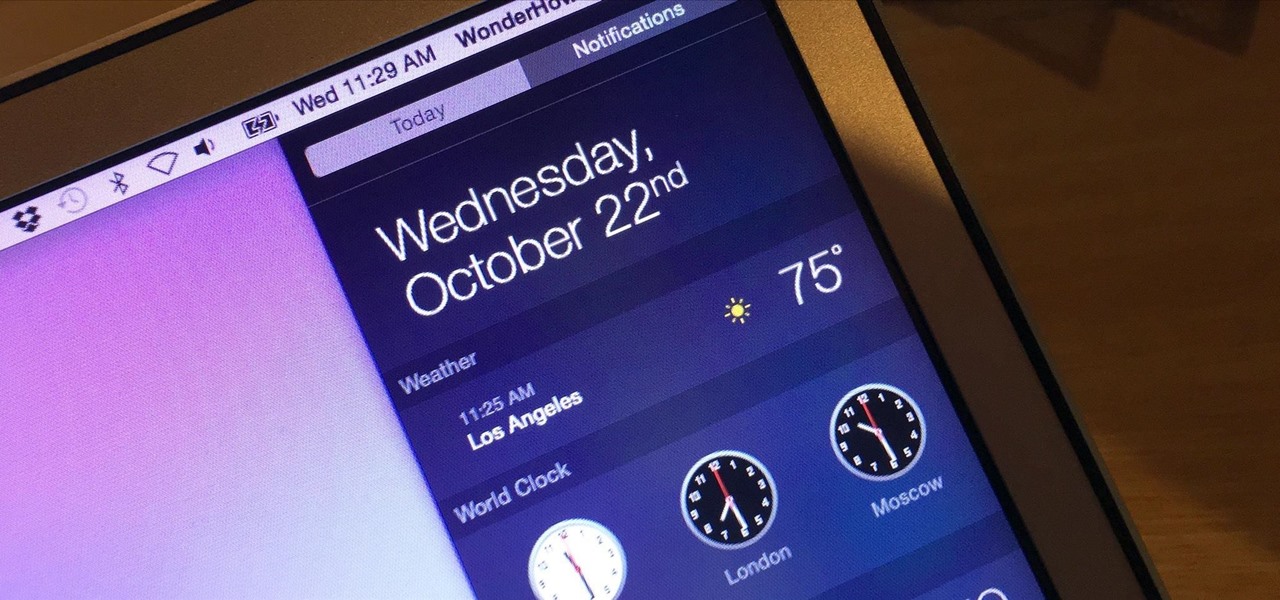Quicktime 75 5 For Mac Os X 105 8

Devices and Mac OS X version VLC media player requires Mac OS X 10.7.5 or later. It runs on any 64bit Intel-based Mac.
Previous devices are supported by older releases. Note that the first generation of Intel-based Macs equipped with Core Solo or Core Duo processors is no longer supported. Please use version 2.0.10 linked below. Older versions of Mac OS X and VLC media player We provide older releases for users who wish to deploy our software on legacy releases of Mac OS X. You can find recommendations for the respective operating system version below. Note that support ended for all releases listed below and hence they won't receive any further updates. If you need help in finding the correct package matching your Mac's processor architecture, please see.
QuickTime is an extensible multimedia framework developed by Apple Inc., capable of handling various formats of digital video, picture, sound, panoramic images, and interactivity. First made in 1991, the latest Mac version, QuickTime X, is currently available on Mac OS X Snow Leopard. QuickTime 6 was initially available for Mac OS 8.6 – 9.x, Mac OS X (10.1.5.
Mac OS X 10.6 Snow Leopard Use VLC 2.2.8. Mac OS X 10.5 Leopard Use VLC 2.0.10. Mac OS X 10.4 Tiger Mac OS X 10.4.7 or later is required Use VLC 0.9.10.
Mtk drivers 4pda proshivki. MTK USB All drivers allows you to connect any Mediatek Device to the Windows Computer. It helps you to connect your device to the computer whether you want to connect the device for Flashing Stock Firmware, Flashing IMEI or Just connecting the device to transfer data from the device to the computer.

Mac OS X 10.3 Panther QuickTime 6.5.2 or later is required Use VLC 0.8.6i. Mac OS X 10.2 Jaguar Use VLC 0.8.4a. Mac OS X 10.0 Cheetah and 10.1 Puma Use VLC 0.7.0.
QuickTime 7.5.5 for Leopard - QuickTime 7.7 for Leopard - = New version of Quicktime installed but application reports it needs to have that version installed = Open Application > Utilities > System Profiler and check the Quicktime version in Frameworks vs. The version in Applications. I recently helped where the person had re-installed their operating system. It had kept the newer Player application but had reverted to an earlier version of the underlying support framework that works with many applications.
Re-installing Quicktime 7.7 took care of the problem. Do this manually, not with Software Update. Installation get stuck at 'configuring installation' - - uninstall Quicktime before installing. QuickTime 7.5.5 for Leopard - QuickTime 7.7 for Leopard - = New version of Quicktime installed but application reports it needs to have that version installed = Open Application > Utilities > System Profiler and check the Quicktime version in Frameworks vs. The version in Applications. I recently helped where the person had re-installed their operating system.
It had kept the newer Player application but had reverted to an earlier version of the underlying support framework that works with many applications. Re-installing Quicktime 7.7 took care of the problem. Do this manually, not with Software Update.
Installation get stuck at 'configuring installation' - - uninstall Quicktime before installing. Here's my (it took me less than 10 minutes) VERY QUICK FIX (after I did an 'Archive and Reinstall' of Mac OS 10.5 because a bad PCI-X card suddenly and unexpectedly crashed, and then totally corrupted my System files): 1.) DELETE whatever version you have of QuickTime from your computer (and just to be SAFE, be certain you have the Registration Code written down before you Delete Quicktime, IF you own a license to QuickTime Pro); 2. ) DOWNLOAD and INSTALL the latest version of iTunes, e.g., v10.6.1 (do NOT open iTunes after downloading and installing); 3. ) DOWNLOAD and INSTALL QuickTime version 7.7 (after downloading and installing, OPEN QuickTime and re-enter your QuickTime Pro Registration Code, IF you have one); 4.) IF necessary, Move/Replace your new and most likely empty iTunes folder with your old and most likely chock full iTunes folder. My old iTunes folder was located here: (Macintosh HD>Previous Systems>Users>'my user name'>Music>iTunes); and, 5.) OPEN iTunes Application -- and enjoy your media!